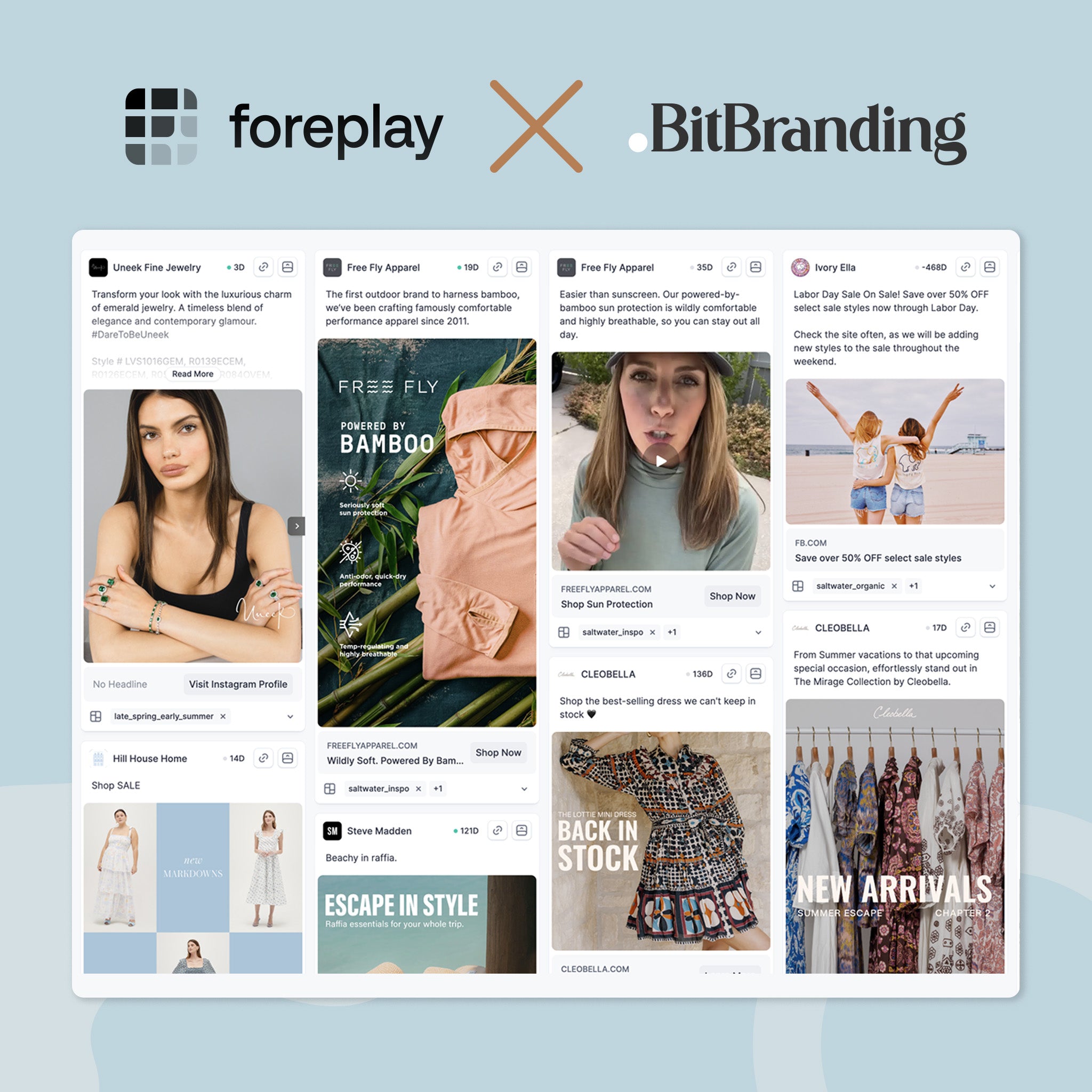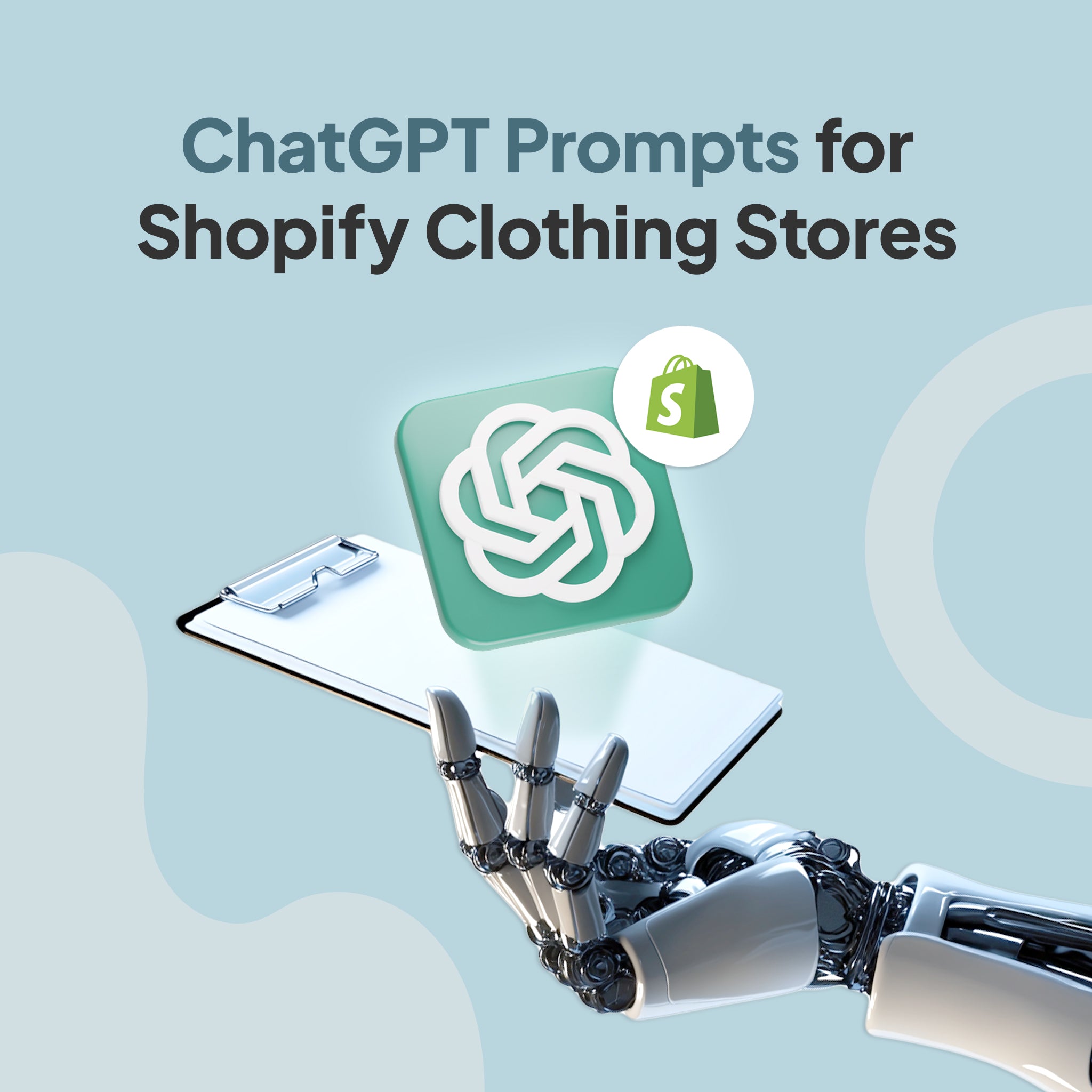The world of retail has changed dramatically, and understanding how consumers make buying decisions is crucial for anyone in the clothing industry. In today’s digital-first shopping environment, everything from social media influence to personal style preferences plays a role in shaping consumer behavior. This article dives into these insights, gleaned from interviews with real shoppers on what motivates them to purchase clothes, and explores how clothing brands can leverage these insights to optimize their sales strategies. Let’s look closely at consumer buying psychology and the strategies that can drive better conversion rates for your brand.
The Power of Social Media in Influencing Clothing Purchases
Social media’s influence on shopping behavior has skyrocketed, with platforms like Instagram and Facebook leading the charge. Many consumers, especially younger demographics, say social media is their primary source for discovering new styles, brands, and promotions. For clothing brands, this highlights the need for a strong social media presence to reach and engage these consumers where they spend their time.
One interviewee, Taylor, a younger consumer, shared that she buys clothes almost weekly and is heavily influenced by what she sees on social media. Ads on these platforms often spur impulsive purchases, especially if they showcase a good deal. While Taylor’s buying habits reflect a preference for sales and free shipping, her primary driver remains the emotional response to a visually appealing ad.
Key Takeaway for Brands:
To capture the attention of socially influenced shoppers, consider these strategies:
-
Invest in high-quality visuals for social media ads, showing off your products in a way that’s both eye-catching and aspirational.
-
Offer promotions like free shipping or exclusive social media discounts. Small incentives can often be the tipping point for a consumer like Taylor, who’s already inclined to make an impulsive purchase.
-
Leverage influencer partnerships to build credibility and reach new audiences. Seeing products on trusted influencers or friends increases the likelihood of a consumer’s decision to purchase.
Personal Style and Long-Term Value: Appealing to Older Shoppers
While younger shoppers may buy impulsively, older demographics are more likely to focus on personal style, durability, and long-term value when purchasing clothing. For these customers, social media plays a much smaller role in their buying decisions. Instead, they prioritize their own tastes, opting for timeless, versatile pieces over trendy items.
An example is June, an older shopper who stated that her purchases are rarely influenced by social media or popular trends. Instead, she looks for items she can wear for years, favoring quality and practicality over quick fashion. June’s buying habits reflect a desire for items that are stylish but not overtly trendy, and she’s not swayed by discounts or shipping deals.
Key Takeaway for Brands:
To appeal to shoppers like June, focus on:
-
Emphasizing quality and versatility in your product descriptions and marketing materials.
-
Showcasing timeless styles that appeal to those seeking long-lasting pieces over trend-driven apparel.
-
Creating trust and brand loyalty by highlighting the durability of your products and providing in-depth details on materials and fit.
The Convenience Factor: Online vs. In-Person Shopping Preferences
The shift toward online shopping has been profound, but for some consumers, the in-person shopping experience remains preferred. Convenience-driven consumers, such as busy parents or professionals, are often open to both in-store and online shopping but lean toward online options when time is tight. This demographic seeks a balance of quality, good deals, and the ability to shop from home, without spending time in physical stores.
Allison, a mother with a busy schedule, explained that while she enjoys in-person shopping, online shopping is her go-to for its convenience. She prefers to browse from her phone when she has free time, focusing on brands that offer straightforward and reliable service. While deals aren’t her primary motivator, she does look for fair pricing and ease of returns.
Key Takeaway for Brands:
To capture convenience-driven shoppers like Allison:
-
Optimize your website for mobile devices since many shoppers, especially busy ones, are browsing on their phones.
-
Offer a straightforward shopping experience with easy navigation, a transparent return policy, and a size guide to reduce barriers to purchase.
-
Ensure reliable customer service through tools like chatbots, so that shoppers can get answers to their questions even during off-hours.
Male Shoppers: The Importance of Practicality and Justification
For many men, clothing purchases are largely based on practicality rather than style or trends. Male consumers often replace items as needed, focusing on function and durability over fashion. Social media plays a minimal role in influencing male shoppers’ clothing choices, as many prioritize in-person shopping to assess items before purchasing.
Jonathan, a middle-aged male shopper, emphasized that he prefers in-person shopping to see items firsthand and assess their quality. He also noted that he buys clothes primarily when he needs to replace worn-out items. Like many men, he prefers straightforward purchases without an extensive focus on discounts or promotional deals.
Key Takeaway for Brands:
To attract male shoppers, brands should consider:
-
Offering clear product descriptions and sizing details to reduce any uncertainty around fit and quality.
-
Highlighting the practicality and durability of items, showcasing features that are easy to justify as replacements or essentials.
-
Providing a seamless online shopping experience, including easy returns, so that men who typically prefer in-store shopping may feel confident purchasing online.
Building Brand Loyalty Through Consistent Engagement
Many consumers return to brands they know and trust, making repeat customer engagement essential for building a loyal customer base. For frequent shoppers, such as Allison, establishing loyalty can lead to multiple purchases each month, increasing the brand’s lifetime customer value. Frequent shoppers may also be more open to trying new brands if recommended by friends or if they’re aware of an enticing offer.
To foster repeat purchases and loyalty, brands should focus on consistent engagement through strategies such as email newsletters, SMS campaigns, and even influencer collaborations. Incentivizing customers with loyalty programs or personalized offers can make them feel appreciated and encourage them to continue purchasing over time.
Key Takeaway for Brands:
To build loyalty among your customer base:
-
Use targeted email and SMS marketing to keep customers engaged with updates on new arrivals, sales, or other promotions.
-
Implement a loyalty or rewards program to incentivize repeat purchases and create a sense of belonging within your brand community.
-
Encourage customer reviews and referrals to build social proof and attract new customers through positive word-of-mouth.
Leveraging Consumer Insights for Your Clothing Brand’s Success
Understanding your audience’s unique motivations, preferences, and buying behaviors is essential to crafting a tailored marketing approach that resonates with them. By taking these insights into account, clothing brands can create personalized strategies that address each demographic’s specific needs and desires. This approach can help brands stand out in a competitive marketplace and ultimately drive higher conversion rates.
Whether you’re targeting socially influenced younger buyers, practical male shoppers, or loyal, convenience-driven customers, a nuanced approach is crucial. The insights shared in this article offer a roadmap to effectively capturing these audiences’ attention and inspiring them to take action.
Take Action with BitBranding to Grow Your Clothing Brand
At BitBranding, we understand that every clothing brand is unique, and we’re here to help you create a tailored strategy that addresses your brand’s goals and your target audience’s needs. With a team specializing in marketing psychology, Shopify, and digital strategy, we provide the expertise you need to grow your clothing brand.
Ready to take your clothing brand to the next level? Schedule a free 45-minute strategy session with our team today to discuss your brand’s vision, challenges, and next steps. Simply check out the link in the description and book your session now—spots are limited, so don’t wait! Let’s build your brand’s future together with BitBranding.
By following these strategies and working with a knowledgeable team like BitBranding, you’ll be well on your way to creating a successful, customer-focused clothing brand that thrives in today’s competitive market











Share:
6 SEO Hacks to Double Your Shopify Store's Organic Traffic
How to Scale Your E-Commerce Brand with Strategic Marketing: Lessons from BitBranding